Home>Home Appliances>Home Automation Appliances>How Do I Add Alexa To A Second Home


Home Automation Appliances
How Do I Add Alexa To A Second Home
Modified: November 2, 2024
Learn how to add Alexa to a second home for seamless home automation. Simplify your life with smart home devices and appliances. Discover the best solutions today!
(Many of the links in this article redirect to a specific reviewed product. Your purchase of these products through affiliate links helps to generate commission for Storables.com, at no extra cost. Learn more)
Introduction
In today's fast-paced world, the integration of smart home devices has become increasingly prevalent, revolutionizing the way we interact with our living spaces. Among the myriad of home automation technologies, Amazon's Alexa stands out as a versatile and intuitive virtual assistant, capable of streamlining various daily tasks and enhancing overall convenience. As the demand for smart home solutions continues to soar, many individuals find themselves seeking to expand their Alexa ecosystem to multiple residences. Whether it's a vacation home, a second property, or a family member's abode, the prospect of integrating Alexa into a secondary dwelling presents a multitude of benefits and possibilities.
Adding Alexa to a second home opens up a realm of opportunities for seamless connectivity and enhanced control over the living environment. It allows for the extension of voice-activated commands, smart device management, and personalized routines to a different location, ensuring a consistent and tailored smart home experience across various settings. This endeavor not only facilitates a more efficient and interconnected lifestyle but also contributes to the optimization of comfort, security, and energy management in both primary and secondary residences.
In this comprehensive guide, we will delve into the intricacies of setting up Alexa in a second home, elucidating the step-by-step process of connecting Alexa devices to Wi-Fi, utilizing Alexa in multiple locations, and troubleshooting common issues that may arise during the integration. By the end of this journey, you will be equipped with the knowledge and insights necessary to seamlessly incorporate Alexa into your secondary dwelling, fostering a harmonious and interconnected smart home ecosystem. So, let's embark on this enlightening exploration of expanding the realm of Alexa to a second abode, enriching our lives with the boundless possibilities of smart home technology.
Key Takeaways:
- Embrace the convenience of Alexa in multiple homes for a seamless smart home experience, from setting up to troubleshooting, ensuring a consistent and tailored lifestyle across diverse locations.
- Expand your Alexa ecosystem to second homes effortlessly, enjoying the full potential of smart home technology, personalized routines, and interconnected living spaces.
Read more: How To Change Plumbing To Add A Second Sink
Setting Up Alexa in a Second Home
Setting up Alexa in a second home involves a series of straightforward yet pivotal steps to ensure a seamless integration of Amazon's virtual assistant into the new living space. Whether you are a frequent traveler, a vacation homeowner, or someone with multiple residences, the process of extending Alexa to a secondary dwelling is designed to be intuitive and user-friendly. Let's explore the essential steps to bring Alexa to your second home.
1. Device Preparation: Begin by ensuring that your Alexa devices are fully updated and configured in your primary residence. This includes setting up your Echo, Echo Dot, or other Alexa-enabled devices, as well as organizing them into groups and routines as per your preferences.
2. Account Configuration: To seamlessly transition Alexa to a second home, ensure that your Amazon account is linked to all relevant Alexa devices and that your personalized settings, smart home devices, and routines are synchronized across the Alexa app and your Amazon account.
3. Location Setup: In the Alexa app, navigate to the 'Devices' tab and select 'Add' to incorporate the new location, i.e., your second home. This allows you to create a distinct environment within the app, facilitating the management of devices and routines specific to the secondary dwelling.
4. Wi-Fi Connectivity: Upon arriving at your second home, ensure that the Wi-Fi network is operational and that you have the necessary credentials to connect your Alexa devices to the local network. This typically involves accessing the Wi-Fi settings in the Alexa app and following the prompts to establish a secure connection.
5. Device Registration: If you have additional Alexa devices for your second home, such as an extra Echo or smart plugs, register them to your Amazon account and add them to the designated location within the Alexa app for seamless integration.
6. Customization and Testing: Once your Alexa devices are connected to the Wi-Fi network at your second home, customize the settings, routines, and device groups to align with the specific layout and requirements of the new living space. Test the functionality of Alexa commands and smart home devices to ensure everything operates smoothly.
By following these fundamental steps, you can effectively set up Alexa in your second home, unlocking the potential for a cohesive and interconnected smart home experience across multiple locations. With Alexa seamlessly integrated into your secondary dwelling, you can harness the full spectrum of voice-activated commands, smart device management, and personalized routines to enhance your daily life, regardless of your physical location.
Connecting Alexa Devices to Wi-Fi
Ensuring that your Alexa devices are seamlessly connected to the Wi-Fi network in your second home is crucial for unlocking the full potential of Amazon’s virtual assistant and the array of smart home devices under its purview. Whether you’re setting up Alexa in a vacation home, a secondary residence, or a family member’s abode, the process of connecting Alexa devices to Wi-Fi is pivotal for enabling voice commands, smart home automation, and access to a myriad of skills and services. Here’s a comprehensive guide to effortlessly establishing Wi-Fi connectivity for your Alexa devices in a new location.
1. Accessing the Alexa App: Begin by opening the Alexa app on your mobile device and navigating to the ‘Devices’ tab. Here, you can view all your Alexa-enabled devices and manage their settings and connectivity.
2. Selecting the Device: Choose the specific Alexa device that you intend to connect to the Wi-Fi network in your second home. This could be an Echo, Echo Dot, Echo Show, or any other compatible device.
3. Wi-Fi Setup: Within the device settings, select ‘Wi-Fi Network’ to initiate the process of connecting the device to a new Wi-Fi network. This will prompt the device to enter setup mode, indicated by a pulsing light ring or other visual cues, depending on the device model.
4. Network Selection: Follow the on-screen instructions in the Alexa app to select the appropriate Wi-Fi network for your second home. Enter the network password when prompted, ensuring the accuracy of the credentials for a successful connection.
5. Confirmation and Testing: Once the Wi-Fi network is selected and the device successfully connects, the Alexa app will confirm the establishment of a secure connection. Test the connectivity by issuing a simple voice command or checking the device status within the app.
6. Additional Devices: If you have multiple Alexa devices in your second home, repeat the above steps for each device to ensure comprehensive Wi-Fi connectivity across your smart home ecosystem.
7. Network Optimization: Consider optimizing the Wi-Fi network in your second home to ensure robust connectivity for all Alexa devices. This may involve strategically placing Wi-Fi extenders or mesh systems to eliminate dead zones and enhance signal strength throughout the living space.
By meticulously following these steps, you can seamlessly connect your Alexa devices to the Wi-Fi network in your second home, paving the way for a cohesive and responsive smart home environment. With Wi-Fi connectivity established, you can harness the full potential of Alexa’s capabilities, from controlling smart lights and thermostats to accessing weather updates and streaming music, all at your command, regardless of your physical location.
When adding Alexa to a second home, make sure to set up a new location in the Alexa app and connect your devices to the new Wi-Fi network. This will allow you to control your smart home devices in both homes with Alexa.
Using Alexa in Multiple Locations
Utilizing Alexa in multiple locations offers a myriad of possibilities for seamlessly integrating Amazon’s virtual assistant into various facets of your life, whether it’s your primary residence, a vacation home, or a family member’s abode. The ability to extend Alexa to multiple locations empowers you to enjoy a consistent and tailored smart home experience across diverse settings, fostering convenience, efficiency, and connectivity. Here’s a comprehensive exploration of how you can leverage Alexa in multiple locations, harnessing its full potential across different living spaces.
1. Seamless Transition: With Alexa set up in multiple locations, you can seamlessly transition between residences while retaining access to your personalized settings, smart home devices, and routines. This fluidity enables you to effortlessly pick up where you left off, ensuring a consistent and familiar smart home experience, regardless of your physical location.
2. Location-Specific Routines: Tailoring routines and commands to specific locations allows you to optimize the smart home experience based on the unique layout and requirements of each dwelling. For instance, you can create location-specific routines for adjusting thermostats, turning lights on or off, and activating security features, catering to the distinct needs of each living space.
3. Device Management: Managing Alexa devices across multiple locations grants you the flexibility to control and monitor smart home devices remotely, ensuring that your primary and secondary residences are seamlessly interconnected. This includes the ability to adjust device settings, create device groups, and receive real-time status updates, irrespective of your physical presence.
4. Voice Profiles: With the introduction of voice profiles, Alexa can recognize and adapt to different users, providing personalized responses and content based on individual preferences. This feature extends to multiple locations, allowing for a tailored experience for each user, regardless of the dwelling they are in.
5. Interconnected Ecosystem: By integrating Alexa into multiple locations, you can create an interconnected smart home ecosystem that harmonizes various facets of your life. This includes managing calendars, setting reminders, accessing news and information, and controlling smart devices, all seamlessly bridging the gap between different living spaces.
6. Geolocation-Based Features: Leveraging geolocation-based features within the Alexa app enables location-specific functionalities, such as triggering routines or receiving relevant information based on your proximity to a particular residence. This further enhances the contextual relevance and utility of Alexa across multiple locations.
By harnessing the capabilities of Alexa in multiple locations, you can cultivate a harmonious and interconnected smart home experience that transcends the confines of individual residences. This not only enriches your daily life with convenience and efficiency but also underscores the boundless potential of smart home technology to seamlessly adapt to various facets of your lifestyle, ensuring a cohesive and tailored experience, regardless of where you are.
Troubleshooting Common Issues
While integrating Alexa into multiple locations offers a wealth of benefits, it’s essential to be prepared for potential challenges that may arise during the process. From connectivity issues to device synchronization hiccups, troubleshooting common issues is pivotal for ensuring a seamless and reliable smart home experience across diverse settings. Here’s a comprehensive guide to troubleshooting common issues when using Alexa in multiple locations, empowering you to address and resolve potential hurdles effectively.
1. Wi-Fi Connectivity: If you encounter Wi-Fi connectivity issues in your secondary residence, ensure that the network credentials are accurate, and the Wi-Fi signal is robust enough to support Alexa devices. Consider optimizing the Wi-Fi network by relocating the router or employing signal boosters to enhance coverage.
2. Device Synchronization: In cases where Alexa devices in multiple locations exhibit synchronization discrepancies, ensure that all devices are updated to the latest firmware and are linked to the appropriate Amazon account. Rebooting the devices and reconfiguring their settings can often rectify synchronization issues.
3. Location Recognition: If Alexa fails to recognize the specific location or environment it is operating in, verify that the location settings in the Alexa app are accurately configured. This includes assigning devices to the correct location and ensuring that location-specific routines and commands are properly established.
4. Routine Execution: Should location-specific routines or commands fail to execute as intended, review the individual components of the routine to identify any discrepancies or conflicts. Verify the settings for each smart home device and ensure that they are compatible with the designated routines.
5. Voice Recognition: In scenarios where Alexa’s voice recognition falters across multiple locations, consider retraining the voice profiles for improved accuracy. This involves recalibrating the voice recognition settings in the Alexa app and ensuring that the environment is conducive to clear voice commands.
6. Geolocation-Based Features: If geolocation-based features do not function as expected, confirm that the permissions and settings for location services are enabled on the mobile devices associated with the Alexa app. Additionally, ensure that the relevant geolocation triggers and routines are correctly configured within the app.
7. Firmware Updates: Regularly check for firmware updates for your Alexa devices to ensure optimal performance and compatibility across multiple locations. Keeping the devices updated can mitigate potential software-related issues and enhance the overall functionality of Alexa in diverse settings.
By proactively addressing and troubleshooting common issues that may arise when using Alexa in multiple locations, you can fortify the reliability and seamlessness of your smart home ecosystem. This proactive approach not only mitigates potential disruptions but also empowers you to leverage the full potential of Alexa across diverse living spaces, ensuring a consistent and tailored smart home experience, regardless of your physical location.
Read more: How Do I Change Alexa’s Name
Conclusion
The integration of Amazon’s Alexa into multiple locations transcends the boundaries of traditional smart home setups, offering a dynamic and interconnected experience that harmonizes various facets of our lives. By extending Alexa to secondary residences, vacation homes, or family members’ abodes, individuals can immerse themselves in a seamless and tailored smart home environment that adapts to their diverse lifestyles. As we conclude this enlightening exploration of incorporating Alexa into multiple locations, it becomes evident that the possibilities and benefits of this endeavor are as diverse as the settings it encompasses.
From setting up Alexa in a second home to connecting devices to Wi-Fi, the process is designed to be intuitive and user-friendly, ensuring a streamlined transition and robust connectivity across diverse living spaces. The ability to utilize Alexa in multiple locations empowers users to seamlessly manage smart home devices, tailor location-specific routines, and enjoy a consistent and familiar smart home experience, regardless of their physical location.
While the journey of integrating Alexa into multiple locations may present occasional challenges, the proactive troubleshooting of common issues ensures a reliable and seamless smart home experience across diverse settings. By addressing connectivity hiccups, device synchronization discrepancies, and routine execution challenges, users can fortify the reliability of their smart home ecosystem, ensuring a consistent and tailored experience in every location.
As we embrace the boundless potential of smart home technology, the expansion of Alexa into multiple locations epitomizes the adaptability and versatility of modern home automation solutions. It underscores the transformative impact of seamlessly interconnected living spaces, where convenience, efficiency, and personalization converge to enrich our daily lives. By harnessing the capabilities of Alexa in multiple locations, individuals can cultivate a harmonious and interconnected smart home experience that transcends the confines of individual residences, ensuring a cohesive and tailored experience, regardless of where they are.
Ultimately, the journey of expanding the realm of Alexa to a second abode enriches our lives with the boundless possibilities of smart home technology, fostering a harmonious and interconnected smart home ecosystem that seamlessly adapts to various facets of our lifestyles. As we embark on this transformative journey, the integration of Alexa into multiple locations paves the way for a dynamic and cohesive smart home experience that transcends geographical boundaries, ensuring a consistent and tailored experience across diverse living spaces.
Now that you're set with adding Alexa to your second home, why not dive deeper into optimizing your entire living space with smart technology? Our next read offers a comprehensive look at the latest in home automation, perfect for anyone looking to streamline their daily routine and enhance their living environment. You'll discover a variety of innovative solutions that can transform your home into a more comfortable, efficient, and responsive space. Don't miss out on our guide to the best home automation systems available next year!
Frequently Asked Questions about How Do I Add Alexa To A Second Home
Was this page helpful?
At Storables.com, we guarantee accurate and reliable information. Our content, validated by Expert Board Contributors, is crafted following stringent Editorial Policies. We're committed to providing you with well-researched, expert-backed insights for all your informational needs.
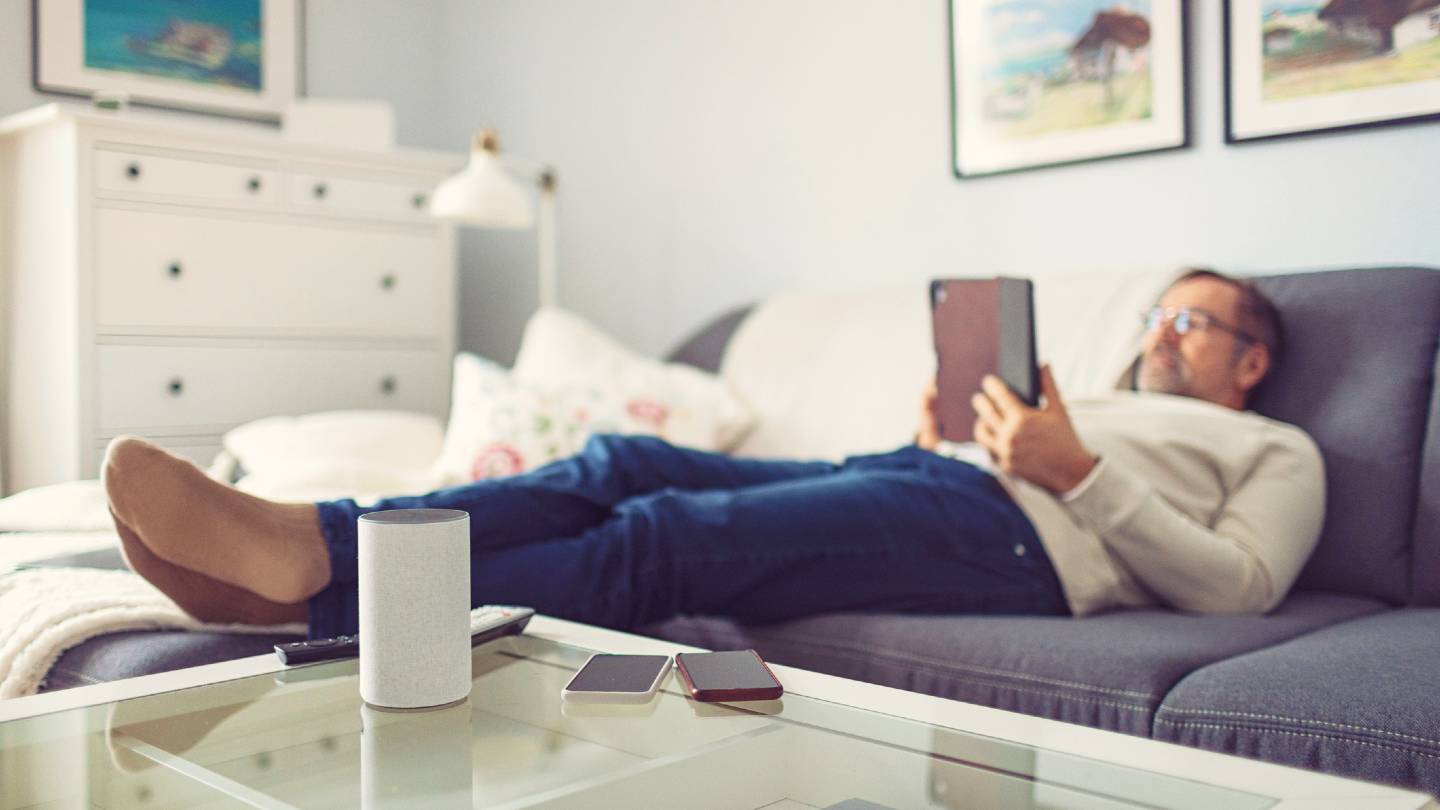
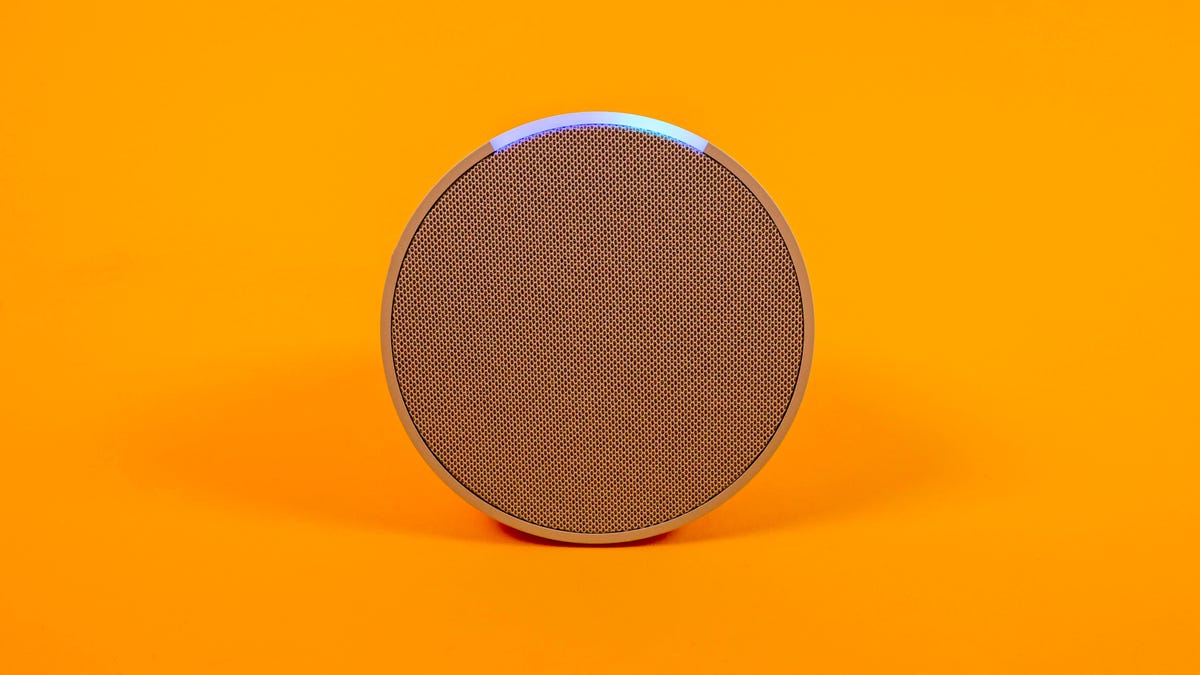




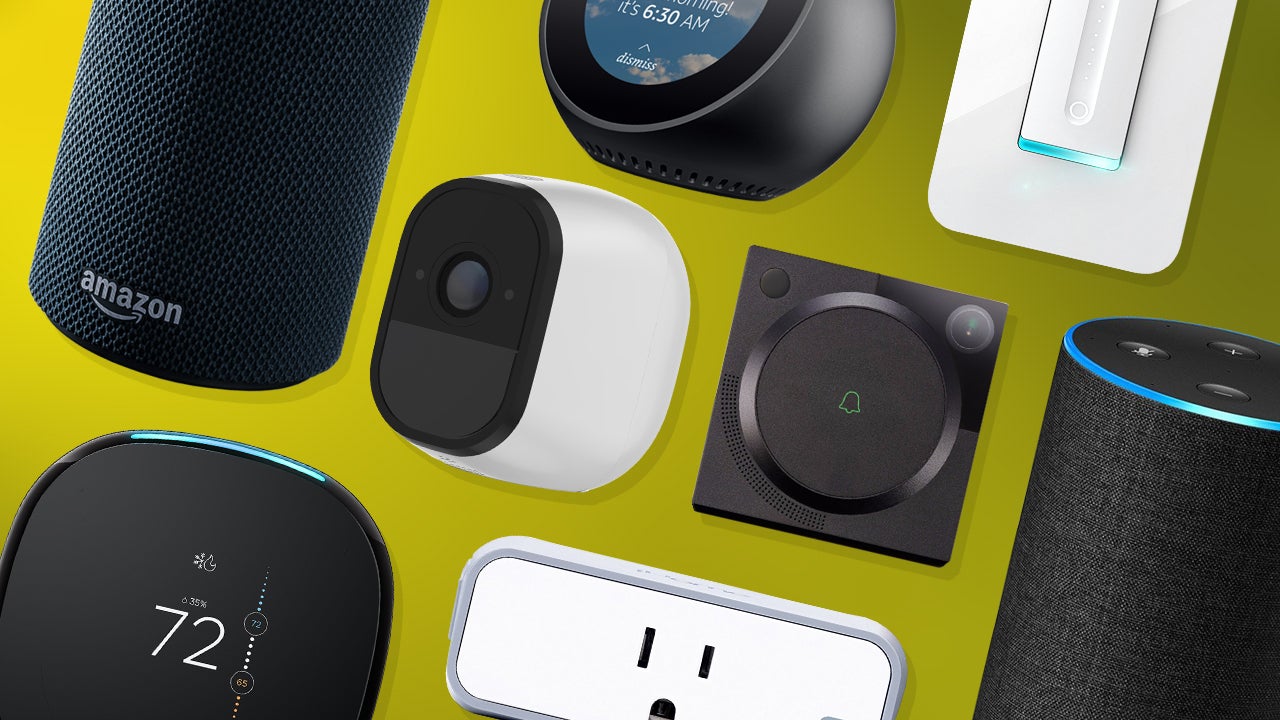


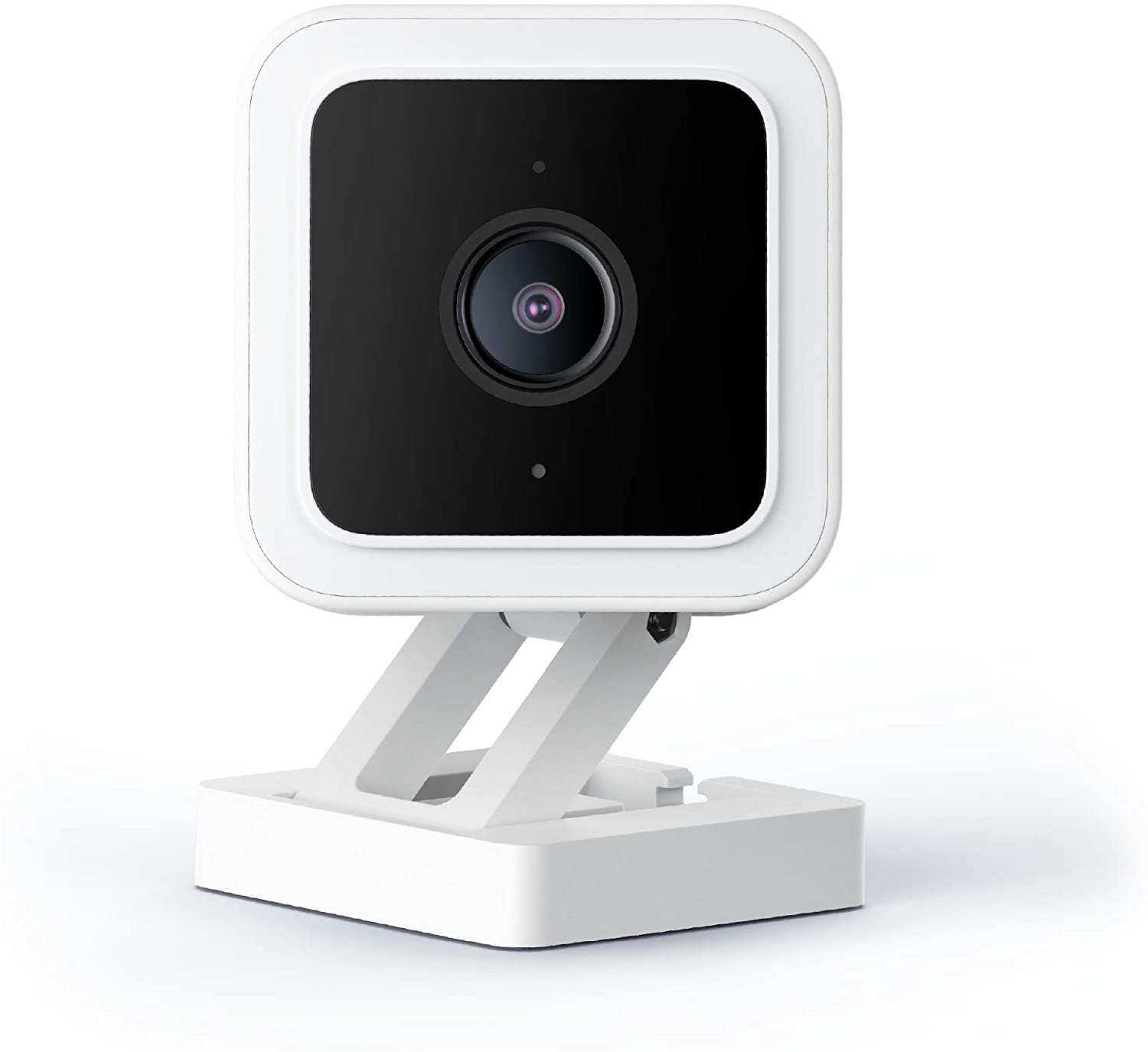
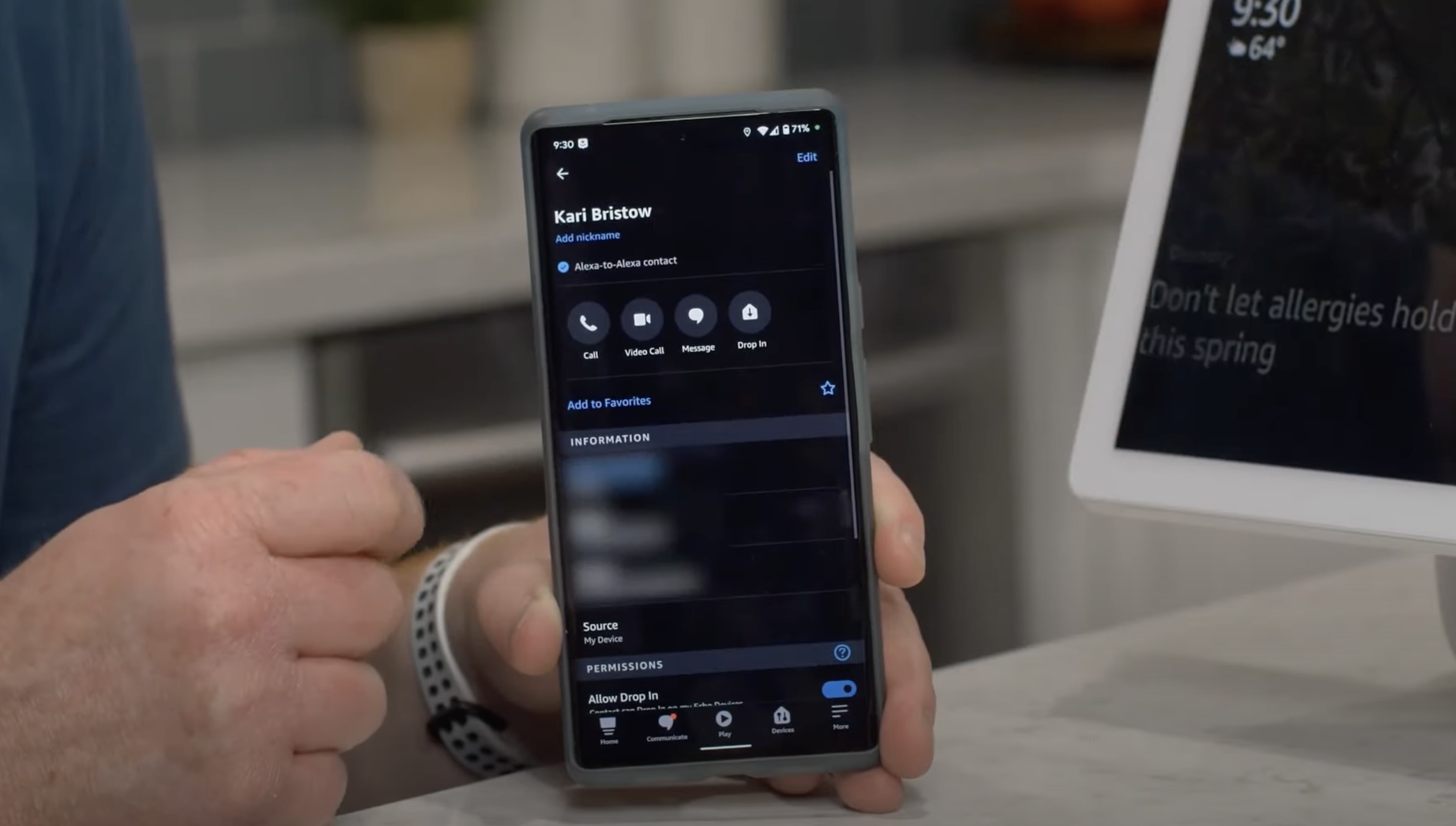




0 thoughts on “How Do I Add Alexa To A Second Home”